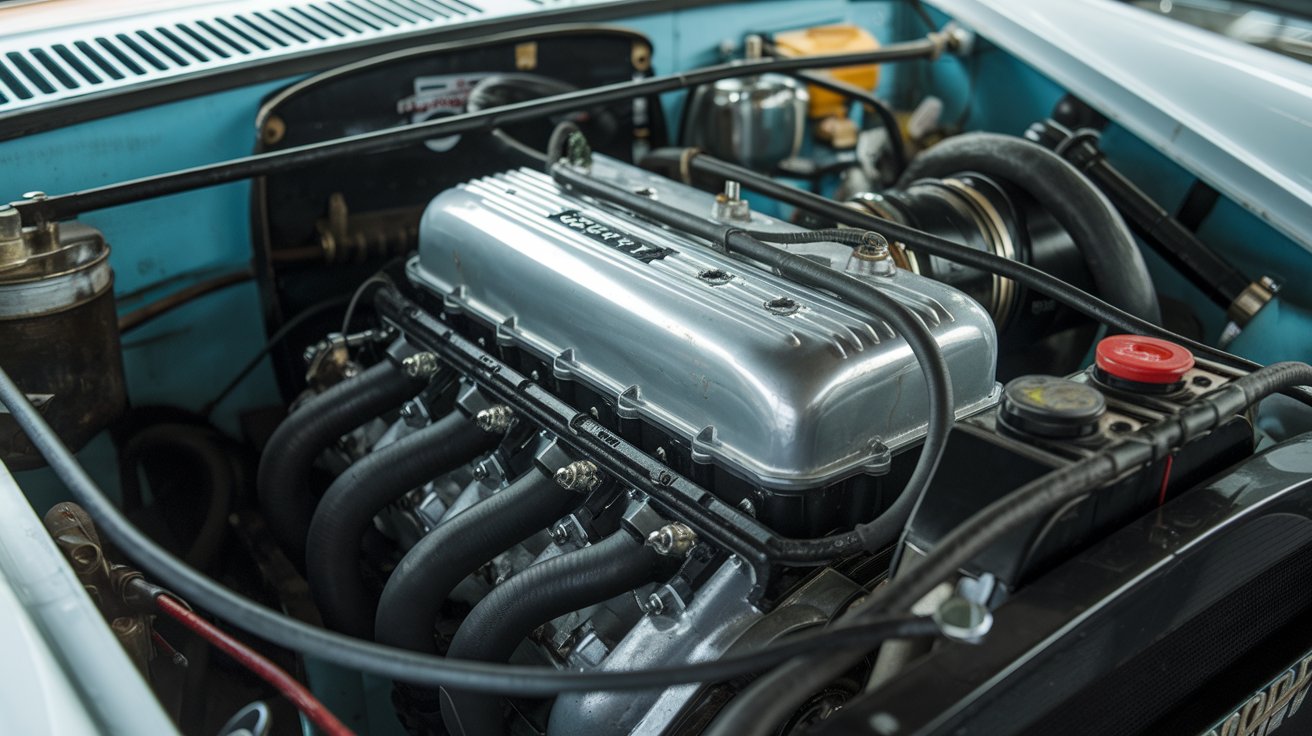Introduction
The internal combustion engine (ICE) is the heart of most automobiles today. It converts fuel into mechanical energy, enabling vehicles to move. Whether it’s a petrol or diesel engine, the basic working principle remains the same—fuel combustion occurs inside the engine, generating power.
Since its invention in the late 19th century, the internal combustion engine has undergone numerous advancements to improve efficiency, power, and environmental impact. In this article, we will explore the working principles, key components, and the future of ICE technology.
How an Internal Combustion Engine Works
An internal combustion engine operates on a four-stroke cycle, also known as the Otto Cycle (for petrol engines) or Diesel Cycle (for diesel engines). The four strokes are:
1. Intake Stroke
- The process begins when the intake valve opens.
- The piston moves downwards, creating a vacuum that allows the fuel-air mixture (petrol engines) or just air (diesel engines) to enter the cylinder.
2. Compression Stroke
- The intake valve closes, and the piston moves upward, compressing the fuel-air mixture.
- In petrol engines, a spark plug ignites the mixture at the top of the stroke.
- In diesel engines, the fuel is injected into the highly compressed hot air, causing self-ignition.
3. Power Stroke (Combustion Stroke)
- The fuel ignites, creating an explosion that forces the piston downward.
- This motion turns the crankshaft, which ultimately powers the wheels of the vehicle.
4. Exhaust Stroke
- The exhaust valve opens, and the piston moves upward again.
- Burnt gases are expelled from the cylinder through the exhaust system.
This cycle repeats thousands of times per minute, generating the power needed to move the vehicle.
Key Components of an Internal Combustion Engine
To understand ICE functionality better, let’s look at its essential components:
- Cylinder: Houses the piston and where combustion occurs.
- Piston: Moves up and down to compress fuel and generate power.
- Crankshaft: Converts the piston’s motion into rotational force.
- Camshaft: Controls the opening and closing of intake and exhaust valves.
- Valves (Intake & Exhaust): Regulate airflow and remove combustion gases.
- Spark Plug (Petrol Engines): Ignites the air-fuel mixture.
- Fuel Injector: Sprays fuel into the combustion chamber (in modern engines).
Efficiency & Future of Internal Combustion Engines
Despite the rise of electric vehicles (EVs), ICEs continue to evolve with:
- Turbocharging & Supercharging: Boosting power output.
- Direct Fuel Injection: Enhancing fuel efficiency.
- Hybrid Technology: Combining ICE with electric motors for better mileage.
- Alternative Fuels: Biofuels and hydrogen combustion to reduce emissions.
While EVs are gaining traction, improved ICE technology will remain relevant in transportation for years to come.
Conclusion
The internal combustion engine is a masterpiece of engineering that has revolutionized transportation. By understanding how it works and how it continues to evolve, we appreciate its impact on modern vehicles. While the shift to electric mobility is underway, ICEs will remain crucial in the automotive industry for the foreseeable future.
